To provide the best experiences, we use technologies like cookies to store and/or access device information. Consenting to these technologies will allow us to process data such as browsing behaviour or unique IDs on this site. Not consenting or withdrawing consent, may adversely affect certain features and functions.
The technical storage or access is strictly necessary for the legitimate purpose of enabling the use of a specific service explicitly requested by the subscriber or user, or for the sole purpose of carrying out the transmission of a communication over an electronic communications network.
The technical storage or access is necessary for the legitimate purpose of storing preferences that are not requested by the subscriber or user.
The technical storage or access that is used exclusively for statistical purposes.
The technical storage or access that is used exclusively for anonymous statistical purposes. Without a subpoena, voluntary compliance on the part of your Internet Service Provider, or additional records from a third party, information stored or retrieved for this purpose alone cannot usually be used to identify you.
The technical storage or access is required to create user profiles to send advertising, or to track the user on a website or across several websites for similar marketing purposes.
4 X Celestial Pearl Danios Celestichthys Margaritatus Cyprinid Fish 1 × £21.29


 4 X Celestial Pearl Danios Celestichthys Margaritatus Cyprinid Fish
4 X Celestial Pearl Danios Celestichthys Margaritatus Cyprinid Fish 

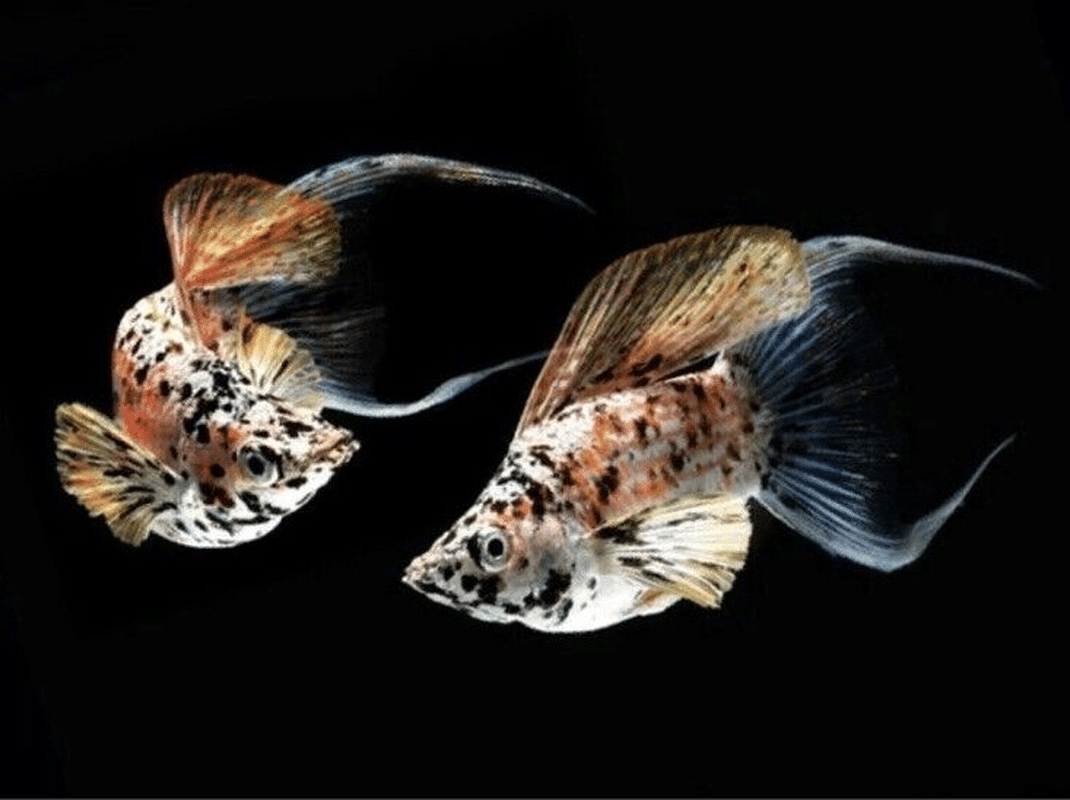
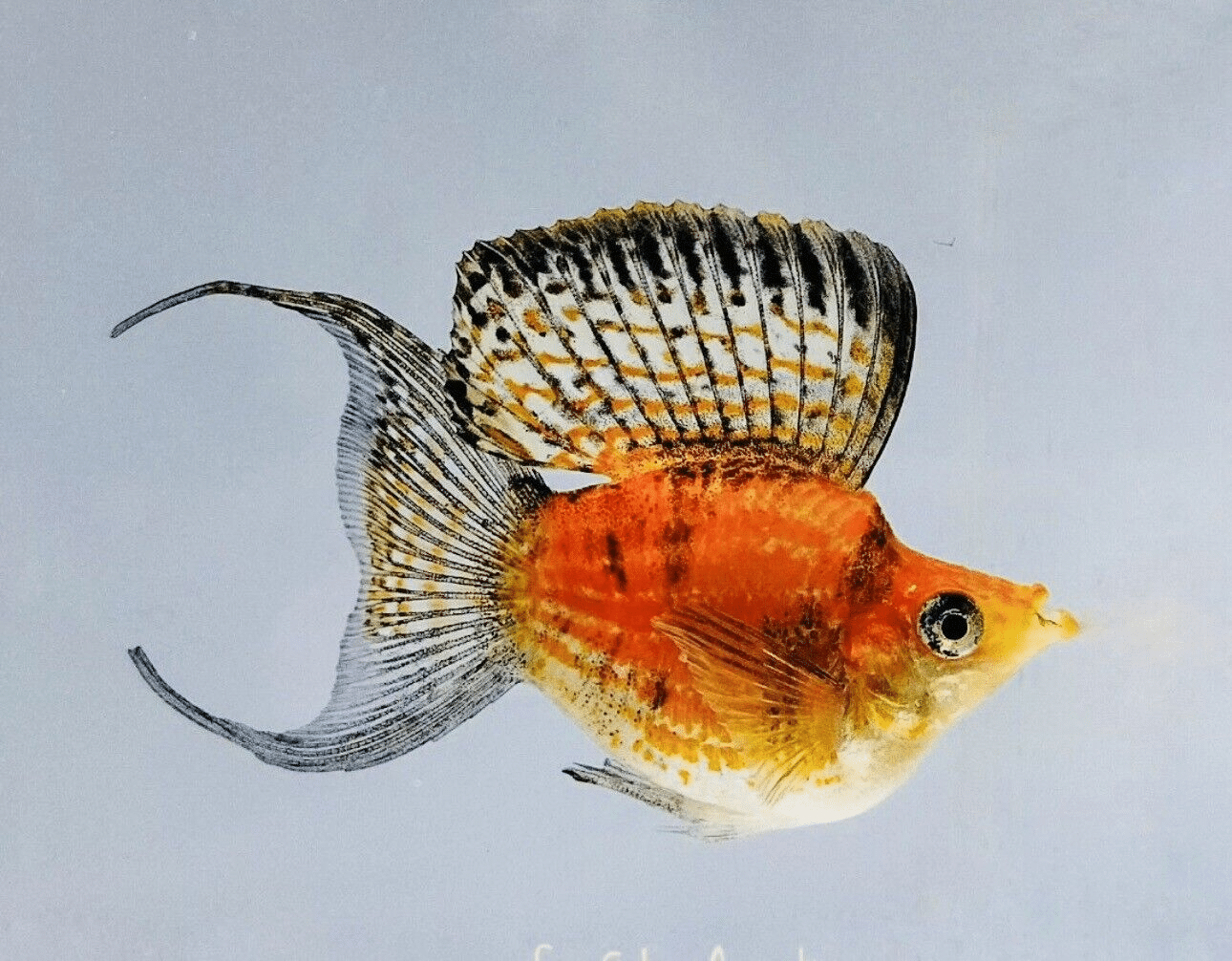
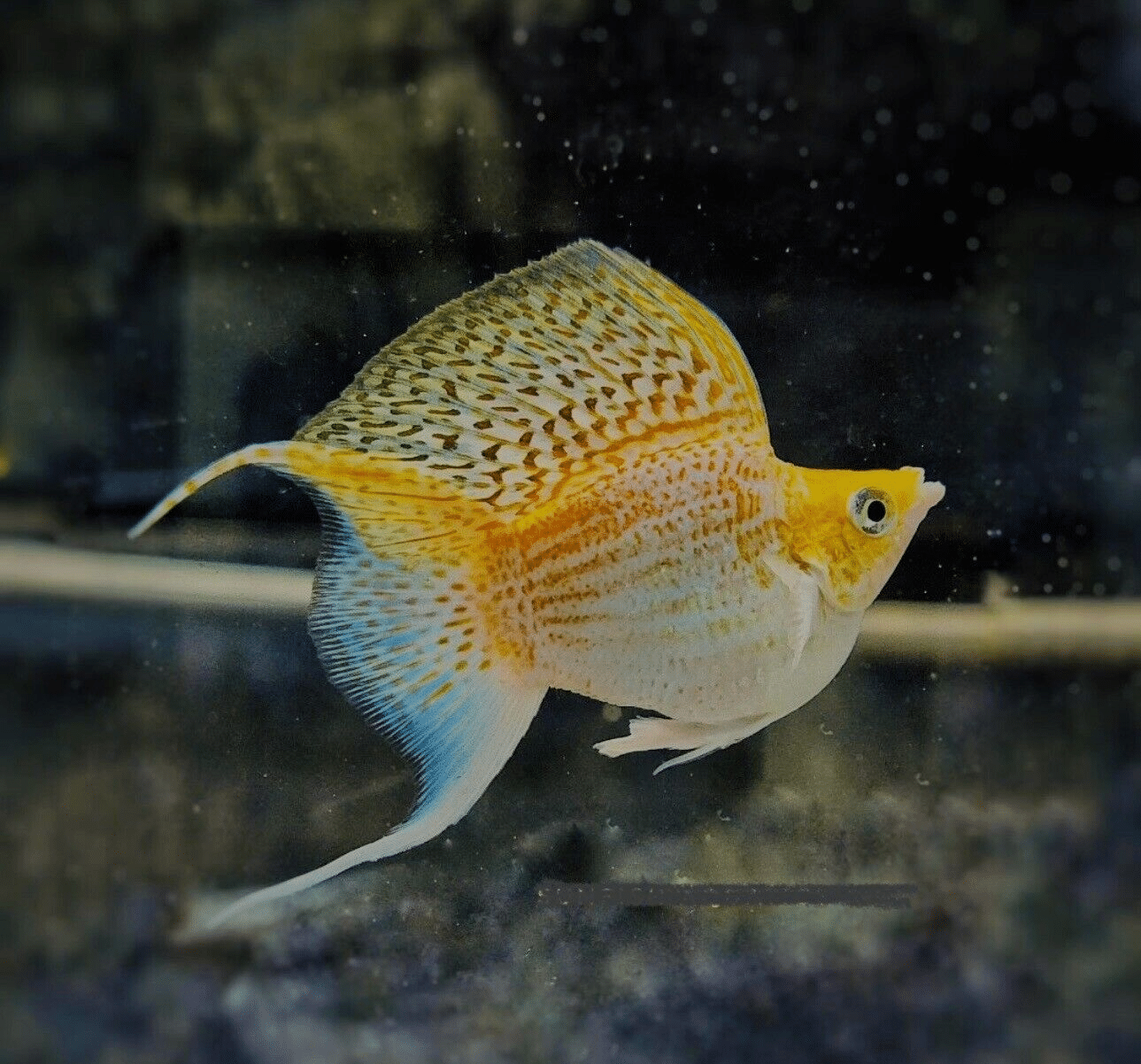
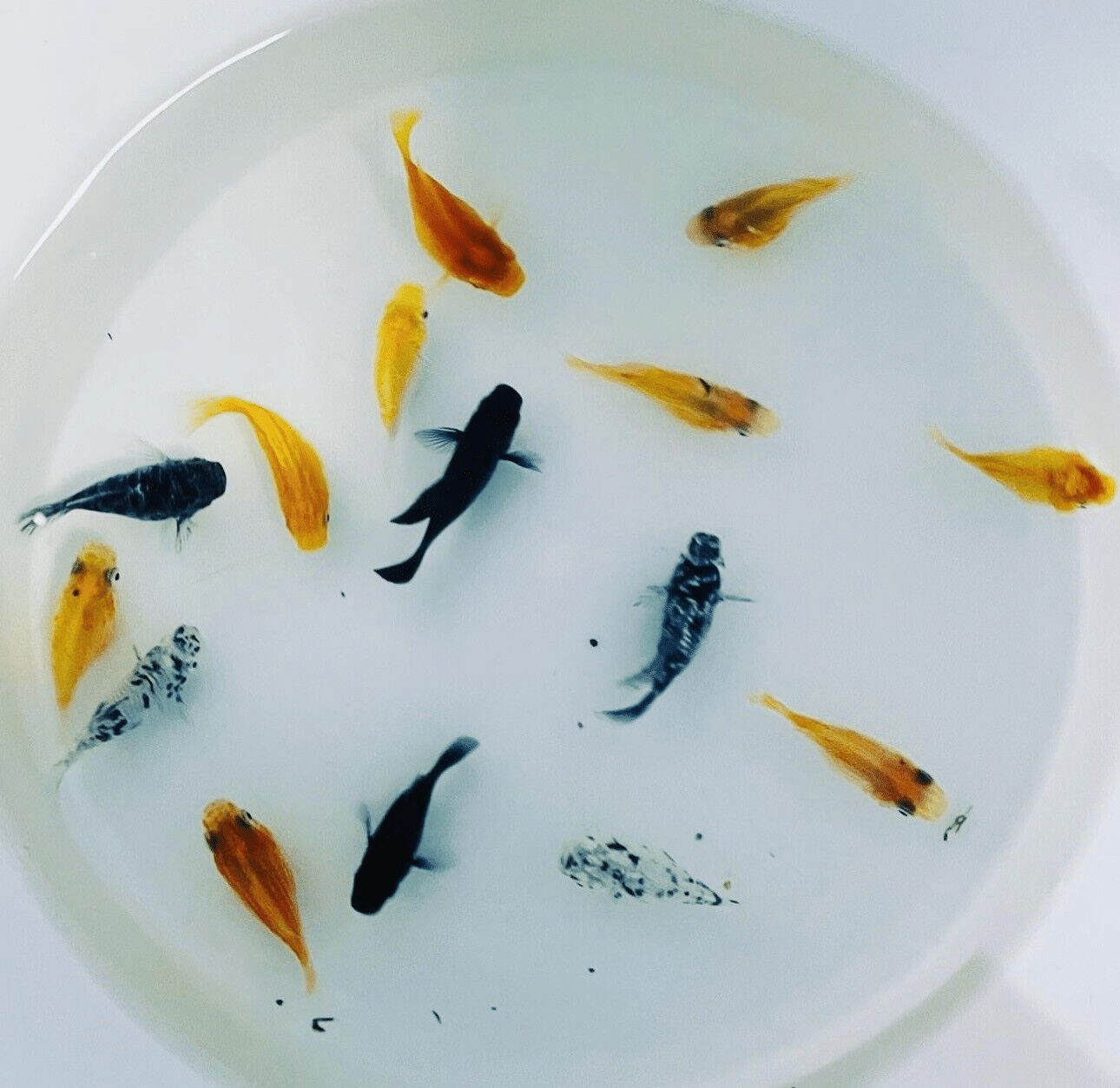
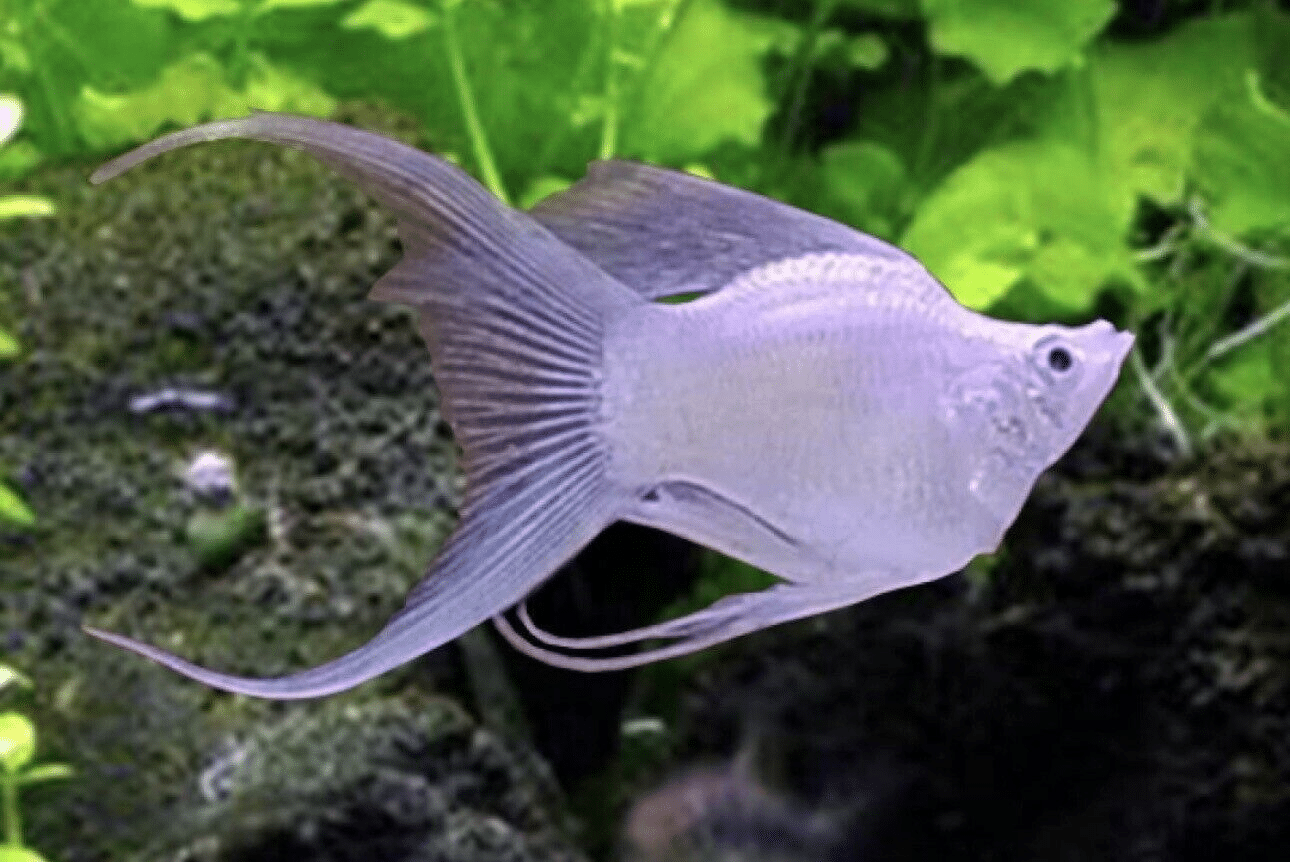


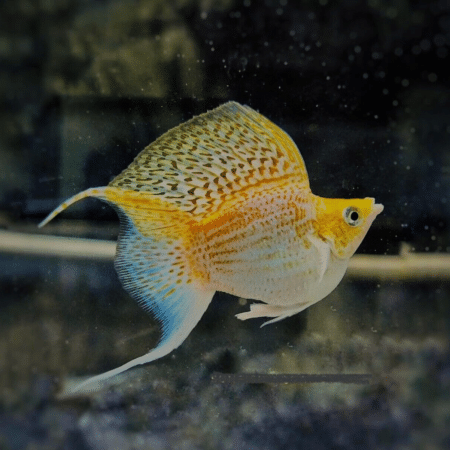
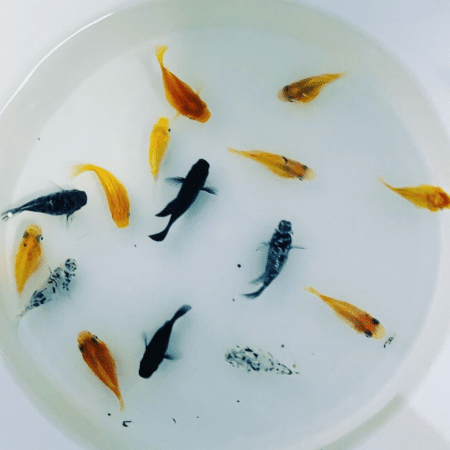
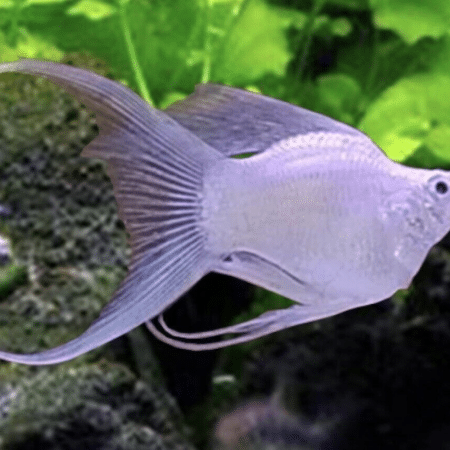
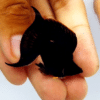











Emily Carter (verified owner) –
I recently purchased the Assorted Colour Balloon Molly Mix, and I couldn’t be happier! As a passionate fish parent, I always prioritize the well-being of my aquatic friends. These balloon mollies, both male and female, are vibrant and full of personality. I added them to my 20-gallon community tank about two weeks ago, and they’ve already settled in beautifully, swimming joyfully among the plants.
One thing I love about Poecilia Latipinna is how adaptable they are in a freshwater environment. Their colors are even more stunning in person; watching them flit about is a real treat! Compared to other mollies I’ve kept in the past, this mix has proven to be more social and active.
While they came slightly smaller than I expected at around 3 cm, they’ve quickly gained a bit of size and confidence in their new home. My only minor concern was the slight delay in shipping, but it was worth the wait. I highly recommend this mix to anyone looking to add lively, colorful fish to their tank. They’re perfect for both beginners and seasoned hobbyists alike!
Emily Parker (verified owner) –
I recently purchased the Assorted Colour Balloon Molly Mix, and I couldn’t be happier! As a passionate fish parent, I always prioritize the health and happiness of my aquatic friends. These little guys, at about 3cm, arrived in excellent condition after just a couple of days. They quickly acclimated to my 30-gallon community tank, and within a week, they were already showing off their stunning colors!
I’ve kept molly fish before, but this mix is truly something special. Their vibrant hues add a lovely pop to my aquarium, and they get along beautifully with my other residents. I appreciate how hardy these livebearers are, making them perfect for beginners and seasoned hobbyists alike.
My only minor concern was that one of the males seemed a bit shy initially, but he has since warmed up and is now actively swimming with the others. If you’re looking for an eye-catching addition to your tank, or you’re just starting out, I wholeheartedly recommend these mollies. They’re not just fish; they’re a joy to watch! Plus, the care tips included with the order were very helpful. I will definitely be buying more in the future!